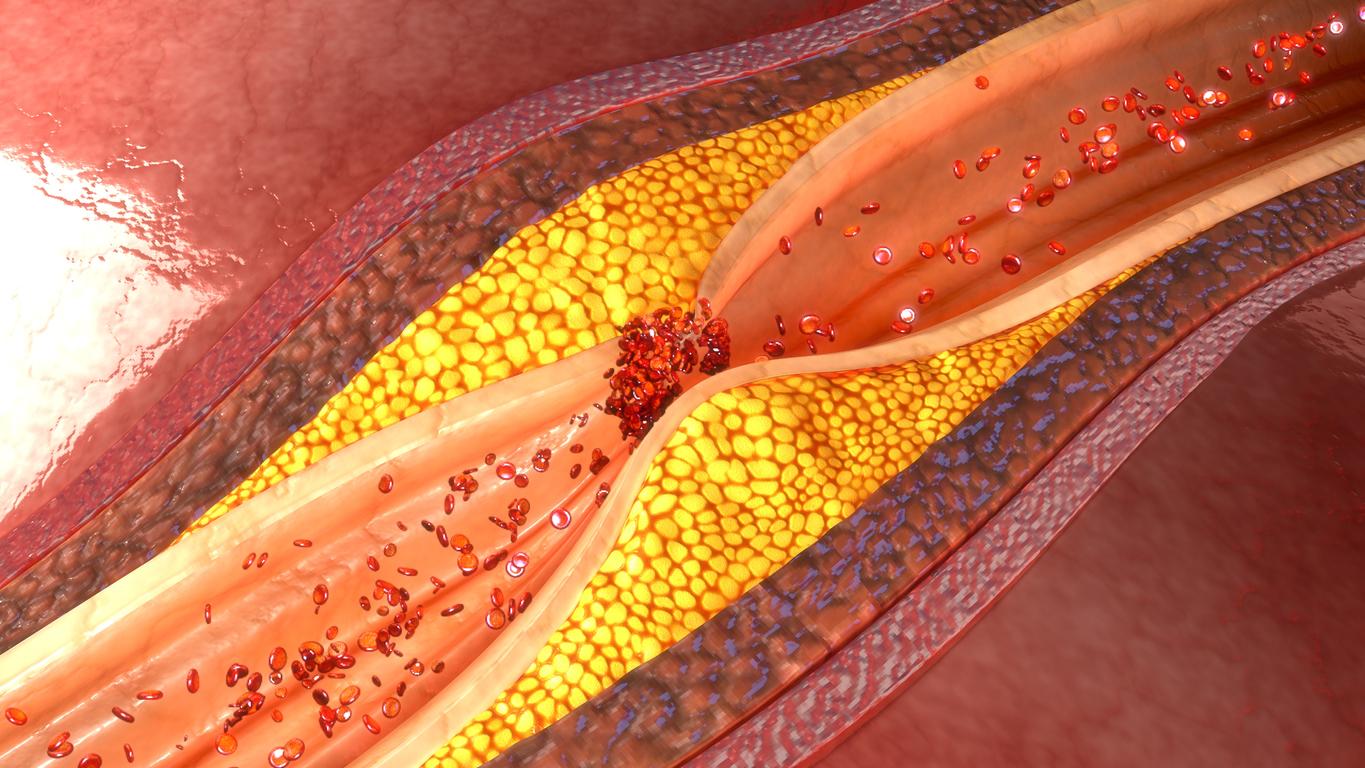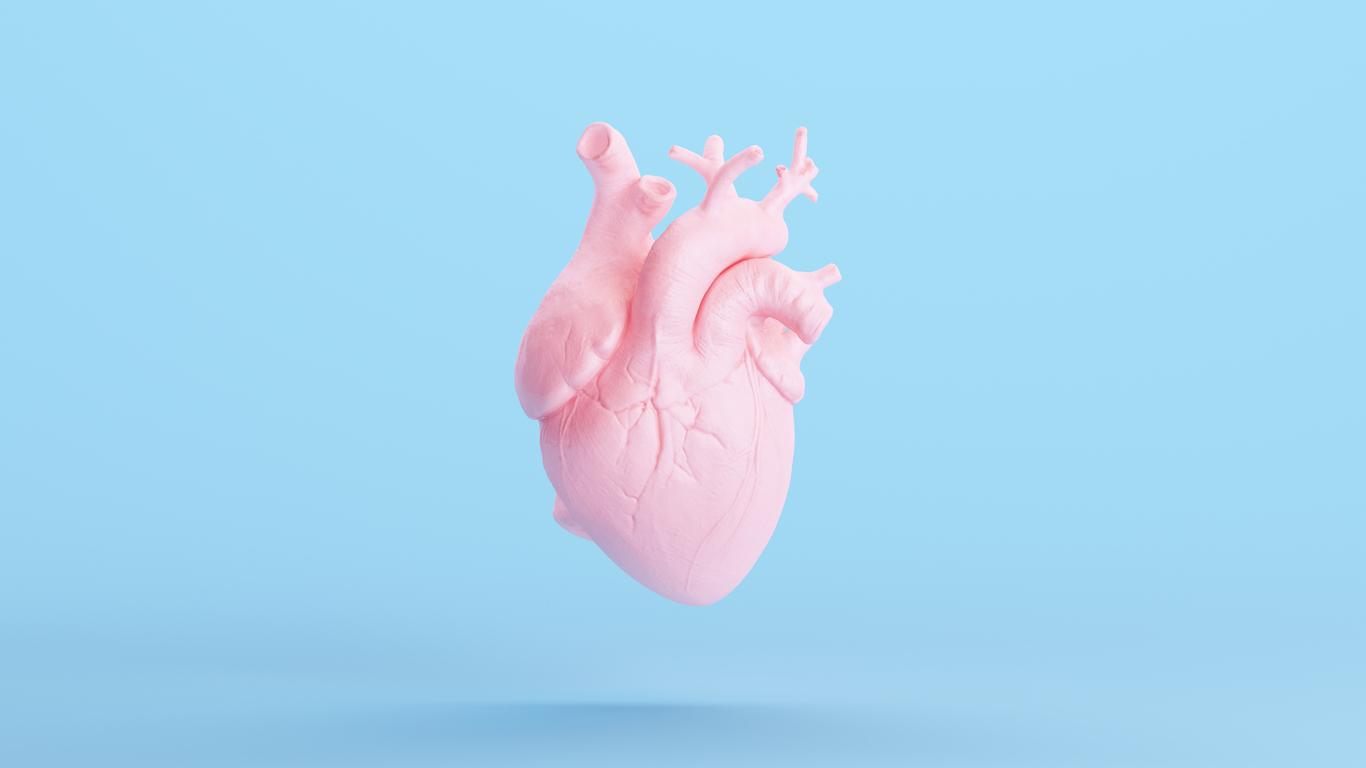It is never easy, when you don’t do sports sessions, to know your true physical capacity. And so it’s just as difficult to know whether his heart, but also his lungs and muscles, are working as they should. “That’s why, when I have a patient in front of me who can’t really tell me where he is, I suggest he do the staircase test”, explains Professor Carré. Fine, but what is it?
Can you climb 4 floors without getting out of breath?
“Warning, I want to specify that you must put “test” in quotes, continues the expert. Rather, it is a very crude system of evaluating your physical condition. It’s not scientifically validated.”
The principle ? It is very simple, since it is simply a question of climb several flights of stairs at a brisk pace.
- “If you’re out of breath before climbing two floorsto the point of not being able to speak or having to stop, you have poor physical ability.
- From four floorsit is good, and from six, very good.” In other words, your heart effectively fulfills its mission. Namely propelling oxygen into your vessels. And the rest of your body is a priori in tune.
Limited heart risk
A Spanish study, presented at the EuroEcho-Imaging conference 2018 in Italy on December 6, 2018, confirmed the importance of physical activity for a longer life expectancy in good health. According to Spanish researchers, middle-aged adults who can climb three flights of stairs very quickly without stopping have a good heart function.
“If you can climb three flights of stairs very quickly without stopping, or climb four flights of stairs without stopping, you have good functional ability. If not, that’s a good indicator that you need to exercise,” summed up Dr. Jesús Peteiro, the study’s principal investigator and cardiologist at the University Hospital of La Coruña in Spain.
For the purposes of the experiment, 12,615 participants with known or suspected coronary artery disease underwent treadmill echocardiography. The exercise test conducted by the Spanish team consisted of asking adults to walk or run, gradually increasing the intensity until exhausted. The test simultaneously generated images of the heart to verify its operation. Participants were then followed for five years.
At the end of the study, the researchers found that the risk of cardiac arrest was 1.2% in the fittest volunteers, compared to 3.2% in the inactive group. Active participants had a 0.8% risk of dying from cancer, compared to 1.5% for the most sedentary.
“Our results provide further evidence of the benefits of physical activity on health and longevity. In addition to reducing weight, physical activity has positive effects on blood pressure and lipids, reduces inflammation, and improves the body’s immune response to tumors.”.
The key: be less sedentary
On the other hand, early shortness of breath and/or leg pain (which is often linked) means that “Your health capital is altered. You must then ask yourself the right questions: do I walk regularly? Do I take the elevator too often at the expense of the stairs? Do you pay attention to my weight? Am I not sitting too long in front of a screen all day?
So many questions that you can answer alone or in the company of a professional, whether it is a dietitian, a sports coach or even a doctor. The idea? Change your way of life… And do the stairs test again!
Read also:
- Walking: the health benefits
- How many steps do you need to take each day to lose weight?
- How long should you run each week to lose weight?

















